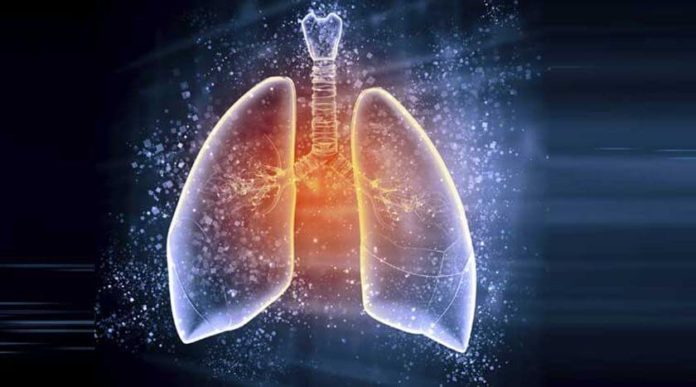A new biosensor tool’s been developed by Imperial researchers that lights up when any harmful bacteria is detected in the lung. Biosensors have been around a while now and are designed using engineered DNA circuits and work by detecting changes to their host’s environment such as changes in temperature or pH, or upon the detection of certain chemicals. They are perfect for being used to detect chemical traces of harmful bacteria in the lung quickly.
Moving forward the researchers are hopeful they’ll be able to create cell-free sensors in the future and integrate them into diagnostic tests to be used in clinics, surgeries, or even at home. This would be a fantastic benefit for those in remote areas and would be available for a fraction of the price of current tests.
“The driving force behind this research is to show that these tools work and could be used to detect particular diagnostic markers associated with infection,” said Professor Paul Freemont, co-founder and co-director of The Centre for Synthetic Biology and Innovation at Imperial. “By applying an engineering approach to biology, these systems could be altered to sense for any microbe we choose. The possibilities for public health and cost-savings for health systems could be considerable.”
Biosensors have become much more widely used over the past few years thanks to the growing field of synthetic biology. And, at the very center of the technique lies engineered DNA which acts as a circuit when inserted into a living cell. If the correct signal (such as a certain chemical compound) is detected the circuit is switched on, but if there’s no sign of it, there is no signal and the circuit stays off. Now, in this latest study, researchers report for the first time of using a cell-free form of sensor in which to test clinical samples. Rather than being contained inside the membrane of a cell, the engineered DNA circuit and cellular machinery of their sensors and free-flowing.
The sensor’s circuit was engineered to respond to a particular molecule produced by the bacterium Pseudomonas aeruginosa. In order to communicate with other bacteria around them and get a sense of how many there are, the Pseudomonas aeruginosa release a chemical signature. Previous research demonstrates how this signature is higher in hospitalized patients than those with a stable condition. Samples were taken from patients both with and without the infection. These were then screened in solutions containing biosensors for four hours. After this period they were tested to see if any green fluorescent protein was present, indicating the bacterial signature was present.
One problem with the cell-free sensors currently is that it takes a long time to prepare samples before they can be tested properly. Lung samples need to be cleaned, and this could tamper with the results. Also, because the DNA is synthetic, special precautions would need to be taken to ensure it was disposed of correctly and the risk of contamination to other organisms and the environment was eliminated. However, if this could be overcome, the use of biosensors opposed to existing LC-MS/MS detection methods would save a fortune.
“Pseudomonas is the major infection in patients with cystic fibrosis and is closely linked to the severe lung disease which develops over time leading to premature death,” said Professor Jane Davies of the NHLI and honorary consultant pediatrician at the Royal Brompton Hospital. “At the moment, we only have opportunities to detect infection when patients come to clinics, perhaps every 2-3 months. A point of care test could transform the way in which we monitor patients, allowing us to treat early and personalize therapies.”
The group is now looking at ways it can push the technology forward and is in the process of developing prototypes to help. They’re also exploring the possibilities of biosensor solution being able to be freeze-dried. “We believe that cell-free systems are a promising platform for developing biosensors since they are easy to use, produce a rapid response, and can be stored long-term in normal conditions,” said Ke Yan Wen, one of the lead authors of the study and a graduated Ph.D. student from Freemont’s lab.
More News to Read

